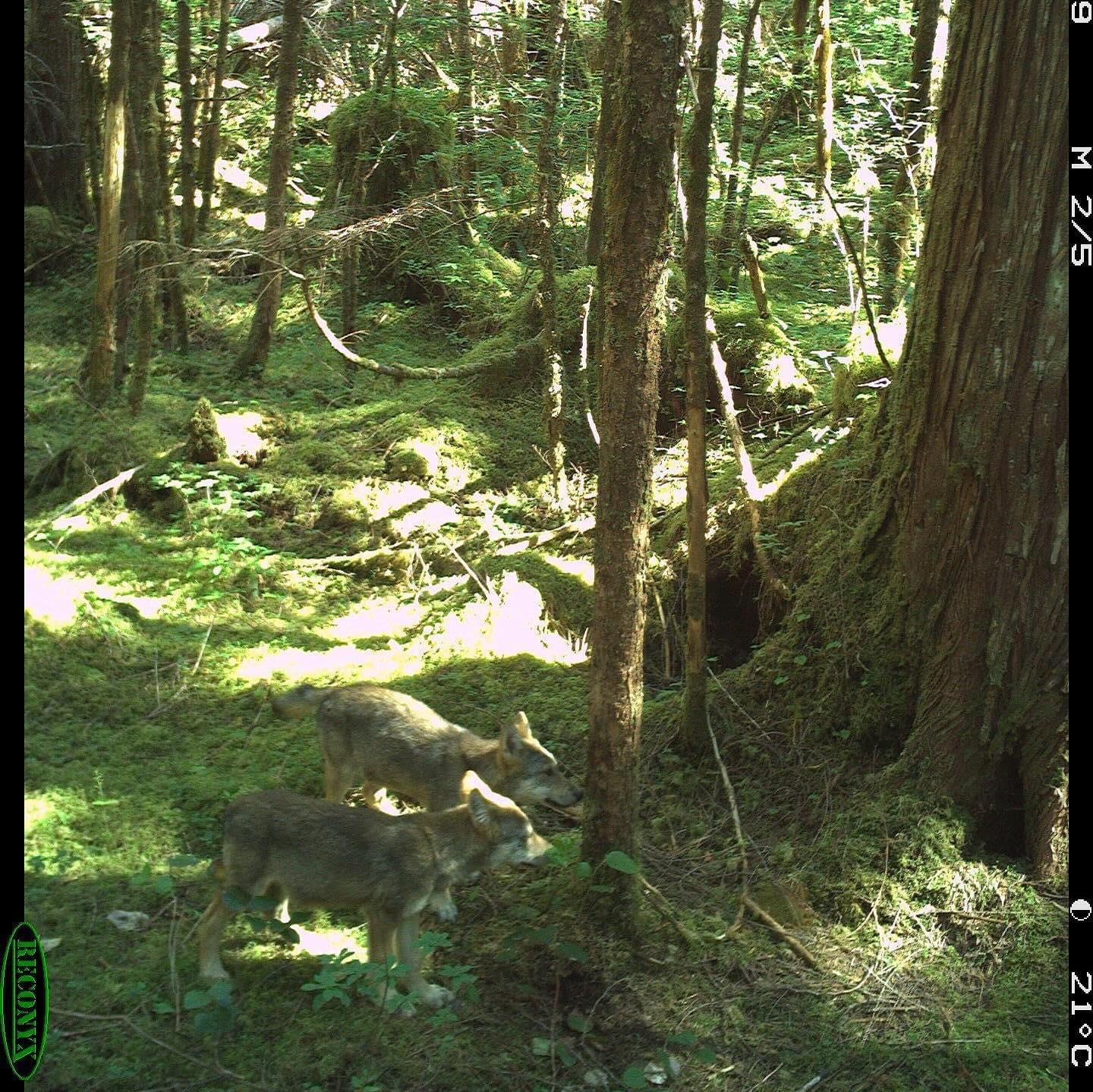– Technological Innovations in Wildlife Conservation
– The Role of Woodland Park Zoo in Advancing Research
– Impact of Automated Scent Dispensers on Wildlife Detection
– The Significance of Capturing Images of Rare Carnivores
– Conservation Efforts Guided by Camera Trap Data
—
Advances in technology have revolutionized the way conservationists study and protect wildlife. One particularly striking development is automated scent dispensers coupled with motion-activated cameras to monitor elusive carnivores. This method has been at the forefront of capturing extraordinary wildlife photos, shedding light on the movements and behaviors of some of the most secretive animals.
In collaboration with Microsoft Research and Idaho Fish and Game, Woodland Park Zoo has pioneered in this space. Their joint effort since 2015 has brought incredible insight into the lives of rare carnivores, which often roam undetected in their natural habitats. The deployment of camera traps in strategic locations has provided conservationists invaluable information, ranging from population dynamics to interaction patterns among species.
Woodland Park Zoo’s role extends beyond the confines of its exhibits. By engaging in field research, the zoo contributes to broader conservation goals. With its innovative tools, it has turned remote regions into living laboratories, where every captured image adds a piece to the puzzle of carnivore conservation. This proactive approach underlines the zoo’s commitment to wildlife preservation and highlights the evolving responsibilities of modern zoological institutions.
Automated scent dispensers are critical in detecting rare animals in vast wilderness areas. These devices release scents that attract targeted species to camera trap locations, increasing the chances of documenting species’ presence. The cues these smells provide are especially potent for carnivores, who rely on their keen sense of smell for survival. With this novel approach, researchers can gather data with less intrusion, minimizing the impact on natural behaviors and reducing the potential stress on the wildlife studied.
Capturing images of rare carnivores such as grizzly bears, gray wolves, Canada lynx, wolverines, and Pacific martens is not just about obtaining striking photographs. Each image contains a wealth of data, from identifying individual animals through unique markings to documenting rarely seen behaviors. These sightings of rare carnivores have implications for conservation management, such as determining protected areas and informing policy decisions.
The impact of these advancements extends into devising data-driven and evidence-based conservation strategies. For instance, discerning the geographic distribution of elusive species helps identify critical habitats and corridors essential for their survival. Additionally, the use of non-invasive camera traps highlights the zoo’s commitment to ethical research practices while maximizing the scientific output of its conservation programs.
In sum, the partnership between Woodland Park Zoo, tech companies, and conservation agencies represents a significant leap forward in wildlife biology. Automated scent dispensers and camera traps provide an efficient and effective methodology for documenting the presence of rare carnivores, contributing to global efforts to preserve these magnificent species for future generations. The success of this initiative is a testament to how interdisciplinary approaches and technological ingenuity can advance the cause of wildlife conservation.
*****
Source Description
Want to see something super rad?
Look at these awesome wildlife photos of rare carnivores taken by remote cameras with the help of new technology co-developed by Woodland Park Zoo. The photos were made possible thanks to the help of Woodland Park Zoo’s automated scent dispensers, which were first created in 2015 in partnership with Microsoft Research and Idaho Fish and Game. The innovative scent dispensers are paired with motion-activated cameras (camera traps), allowing researchers to detect and monitor elusive species of conservation focus. Some rare animals recently caught on research cameras include grizzly bears and gray wolves in BC; Canada lynx, wolverines, and reintroduced fishers in the Cascades; and Pacific martens on the Olympic Peninsula.
If you want the scoop on how we did it, dive in at the link in the bio or directly bit.ly/wildlifephotoswpz
Image descriptions: Camera trap photos of wildlife, including young wolves, Canada lynx, wolverine, black bear, wolf, Pacific marten, and red fox.


